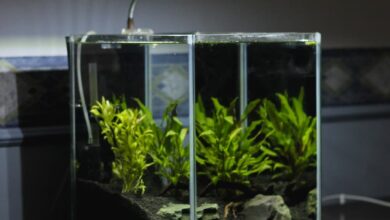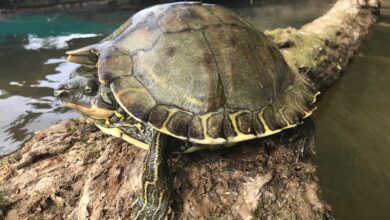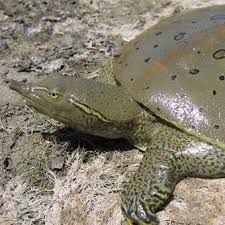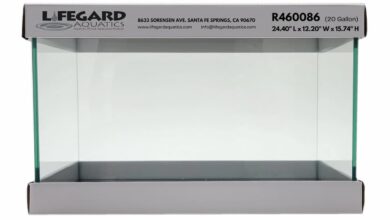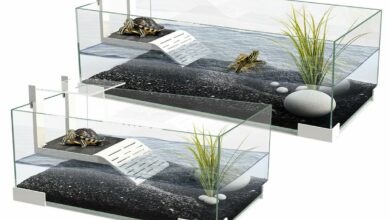Will UVA/UVB Go Through Thick Glass Window
You cannot get a sunburn through glass, but that does not mean it stops all UV rays. Even if you do not get burned, rays that cause skin or eye damage can still pass through.
As sunlight enters through window glass or plastic, UV radiation is filtered out. Turtles should be exposed to direct sunshine for 10-12 hours daily if artificial UV light sources are not accessible. The majority of them make use of the warm sunlight that falls on their basking areas.
Types of Ultraviolet Light
The phrases ultraviolet light and UV refer to a wavelength range of 400 nanometers (nm) to 100 nanometers (nm). On the electromagnetic spectrum, it is located between violet visible light and x-rays. UVA, UVB, UVC, near-ultraviolet, medium ultraviolet, and far-ultraviolet are the different wavelengths of UV.
UVC is entirely absorbed by the Earth’s atmosphere; hence it poses no health concern on turtles. UVA and UVB are the most common wavelengths of UV light emitted by the sun and other artificial sources.
How Much UV Is Filtered by Glass?
UVB is almost wholly absorbed by glass that is transparent to visible light. It can indeed acquire a sunburn through the mirror because this is the wavelength range that can cause a sunburn.
The visible spectrum is much closer to UVA than UVB. The ordinary glass allows 75% of UVA through. UVA damages the skin and causes cancer-causing genetic alterations.
Do Coatings and Tints Protect Against UVA/UVB?
UVA protection is sometimes applied to glass. Most sunglasses constructed of glass are coated to prevent both UVA and UVB rays. Automobile windshields with laminated glass provide some (not complete) UVA protection. Similarly, most home and business window glass does not filter much UVA.
The amount of visible and UVA light that passes through tinted glass is reduced, but some UVA still gets through. On average, 60–70% of UVA still passes through tinted glass.
Leaving Turtles In UV Light
A turtle can produce vitamin D3 by basking on sunny rocks and logs in nature, which is needed to digest calcium for a hard shell and other nutrients essential to his health. Artificial UV light delivers the same benefits in a home aquarium.
Metabolic bone disease delayed shell growth, and untimely death is all symptoms of insufficient UV exposure. If you leave the light on for 10 to 12 hours every day, your turtle will get enough UV light.
Catching Some Rays
UV light is composed of UVA and UVB rays. While UVA rays help your turtle feed, breed, and activity, UVB sunshine is required for nutrient digestion. Because UVB light cannot pass through the glass, placing your turtle in a sunny window will not give him the full range of light he needs. 12 to 15 inches above the top of your turtle’s shell, hang your UV light. Replace the bulb once a year.
Light Bulb For Turtles
In the wild, turtles rely on regular sunshine for heat and ultraviolet “B” rays, which supply vitamin D3. You have to make sure that you are using the correct bulbs for turtles because proper lighting might be a matter of life and death for your turtle.

